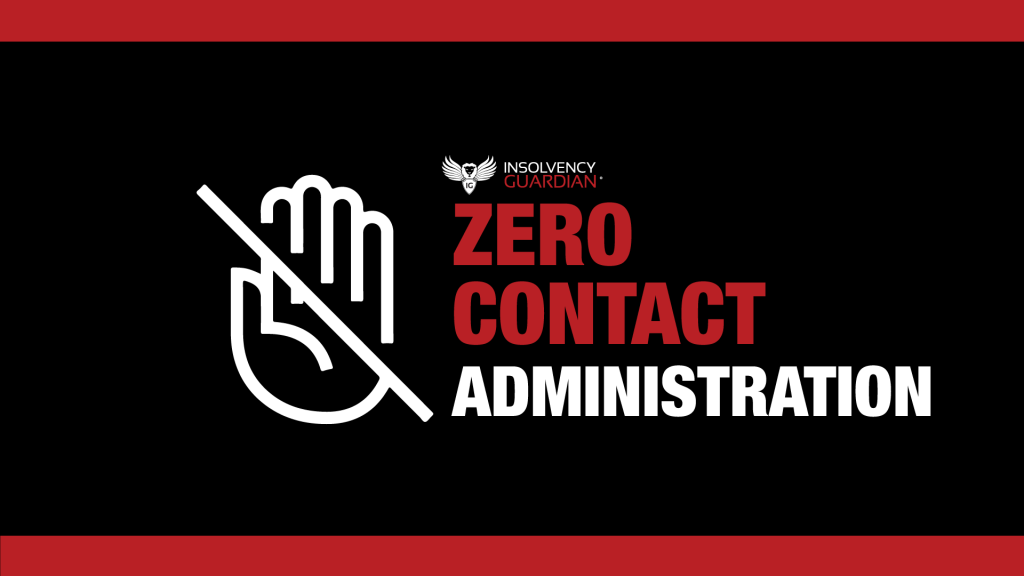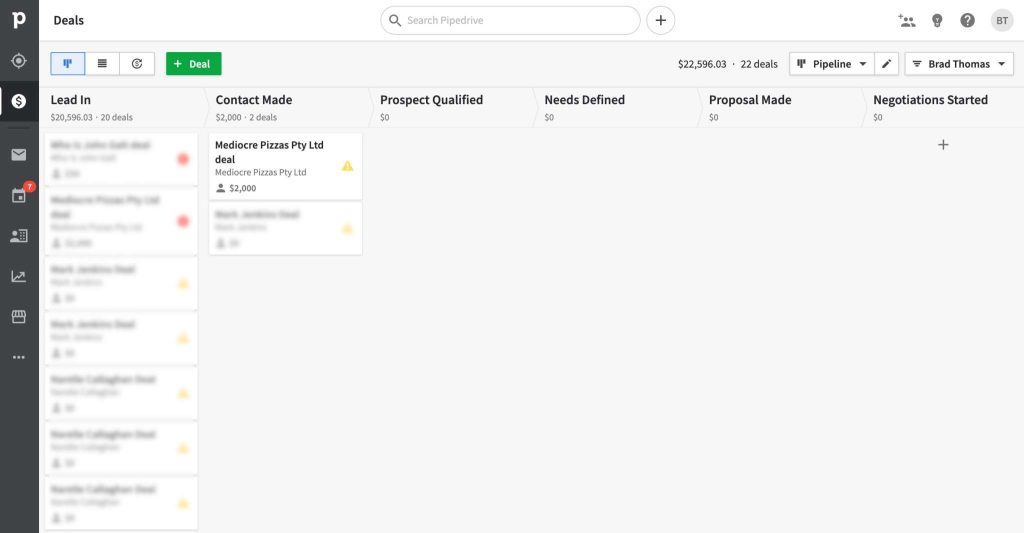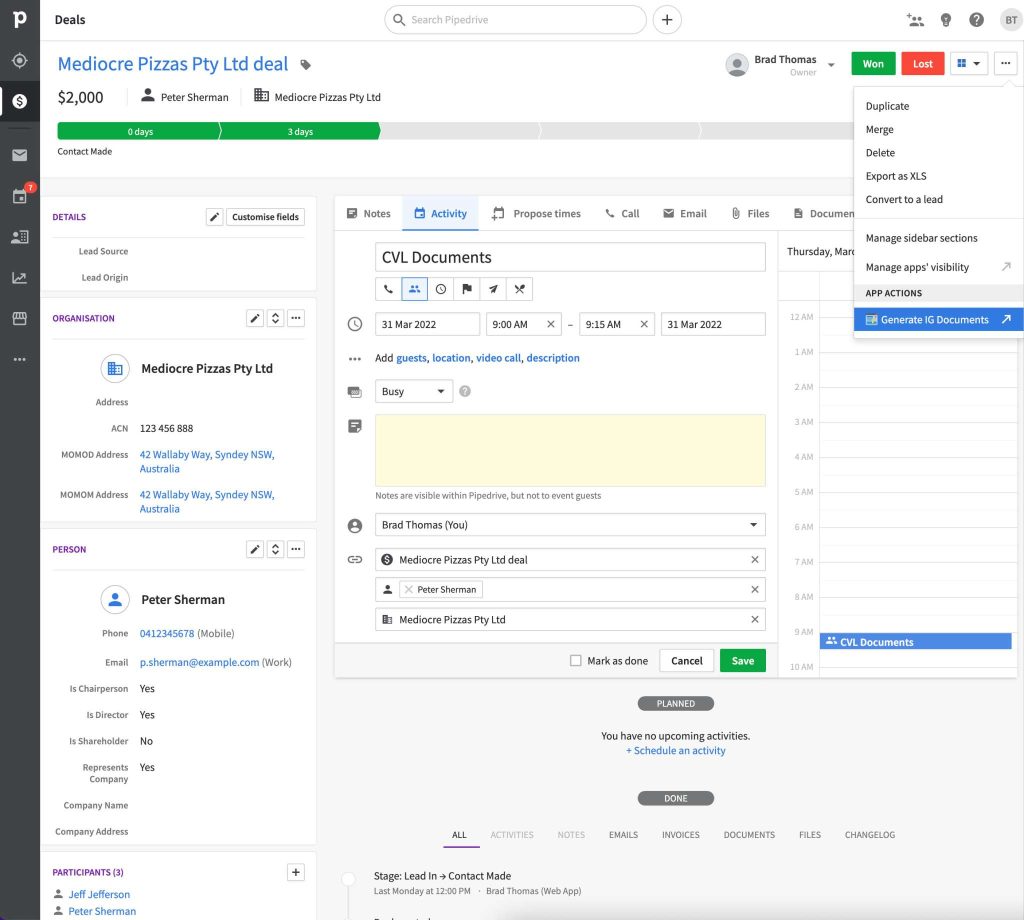Insolvency Guardian
The services rendered to this accounting firm involved identifying bottlenecks in the traditional business workflow, and removing them by means of digitization and automation.
Resulting in a streamlined, efficient, and user-friendly Customer Relationship Management / Sales Pipeline process.

Zero Contact Adminstration and Liquidation Process
Through the consulting process, we were able to advise and assist the team in choosing a new Sales CRM system to best suit their needs — one which had appropriate APIs & integrations available, enabling us to tie the CRM into a bespoke software solution to supercharge business processes.
As boasted in IG’s above explainer video, the Liquidation process could be officially underway in less than 30 minutes. Something few, if any competitors could come close to matching.
The solutions:
The CRM system was configured to allow all relevant customer, company, other job data to be efficiently stored in the system and managed throughout it’s lifespan.
Various micro-services were built to automatically feed inquiries sent to the firm into the new CRM. This included all inquiries via email, website contact forms, and telephone (by way of automated transcriptions).
A member of staff would then collect all required information whilst on an initial phone call with the customer, and enter it into the system.
A private integration was built for the CRM to incorporate a new button into the page for each Job, allowing the team to kick off the automated document compilation and digital signing process with a single click.
That single click would trigger an API call to our server-less backend system initiating the process.

Sales CRM Overview with sample data.

Job page of the CRM, showing the “Generate Documents” link to initiate the automated processes in our external system.
The system would:
1. Retrieve all data from the CRM and display it to the staff member in a single, unified view for confirmation.
2. Upon confirmation, it would use the data to compile 10-20 separate documents, possibly hundreds of pages, as perfectly formatted PDF documents.
3. After a quick check for accuracy, the next press of the button would utilise the developer APIs of digital signing services (DocuSign or GetAccept). The documents would be sent into that system & configured as to where each person needs to sign, then delivered directly to their inbox.
4. Automatic email & SMS reminders would be sent periodically to any parties with outstanding signatures.
5. After all parties had signed, the system would notify staff, store copies of the finalised documents in all relevant places, and send the customer their invoice.
